Staying at the forefront of innovation is essential in the ever-changing field of digital marketing. Be it PPC campaigns, SEO campaigns, or social media marketing, it is crucial to analyze the latest digital marketing trends to lure the target audience into taking the desired action. One such update to focus on in Meta advertising is its update on location targeting. With Facebook changing its name to Meta, there have been ongoing attempts to improve its advertising platform for the best advertising ROI. In this blog, let us discuss the update on Meta's location targeting and its benefits for advertisers.
What is Meta Ads location targeting?
Location targeting in Meta Ads helps advertisers personalize their campaigns to specific geographic locations. This helps them display their Facebook Ads to people within a specified area. It is particularly useful for brands aiming to have a localized impact that can help increase impression share, boost engagement rate and enhance conversion rate. By using location targeting, marketers can offer linguistically, socially, and behaviorally relevant communications to a particular region.
What’s new in Meta Ads location target?
1. Precised geotargeting
The latest Meta Ads update has improved its location targeting, allowing marketers to target viewers at an even higher level. This implies that firms may choose to target certain neighborhoods, city blocks, or landmarks. By doing so, companies can ensure that their advertisements are only shown to those who are in those specific places. With this level of precision, advertisers may target the most appropriate audience segments, boosting the chance of engagement and conversions.
2. Dynamic location based targeting
With the latest version, advertisers may now develop dynamic ads that alter their content based on the location of the viewer. This feature increases user engagement by presenting information that is customized to the viewer’s current location. For example, if a viewer is close to a real business, the ad may display information about store directions, active in-store activities, or unique bargains accessible just at that location. This dynamic and personalized approach has the potential to greatly improve the user experience and motivate action.
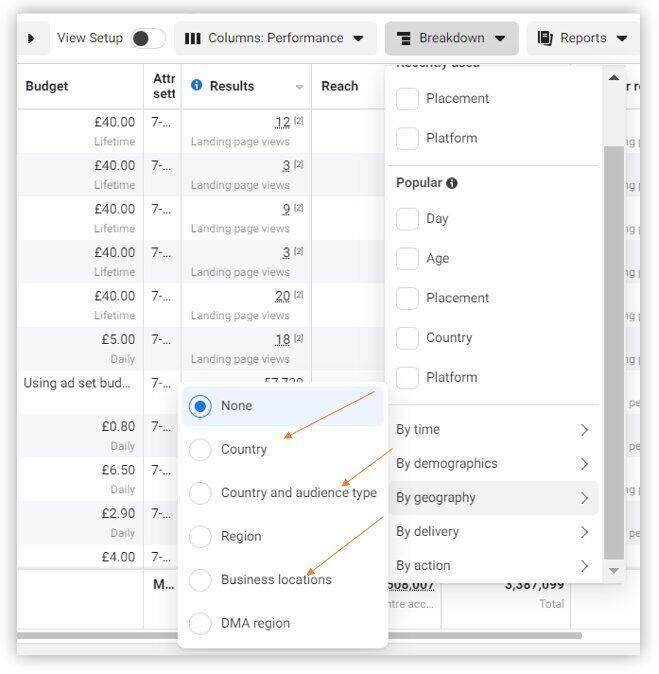
3. Location insights
The Meta advertising upgrade ads better location insights, which provide advertisers with vital data on how their audience interacts with their advertising across various geographical locations. This information might include metrics like click-through rates, conversion rates, and engagement rates for certain places. Businesses may acquire a better knowledge of which places are most responsive to their advertising by analyzing this information, allowing them to fine-tune their targeting methods and optimize their campaigns for better results.
4. Multi-location campaigns:
Meta Ads upgrade gives the opportunity to construct uniform campaigns that can be customized for each unique area for firms with a presence in various places. This feature simplifies the advertising process by allowing firms to keep their brand message consistent while adapting material to local tastes. A worldwide retail chain, for example, can run a single campaign but customize the ad content to highlight location-specific information or discounts, ensuring that the message connects with each local audience.
5. Enhanced reporting:
The upgrade also improves reporting features, giving advertisers a more complete picture of the success of their location-targeted advertising. Along with traditional metrics like clicks and impressions, enhanced reporting offers more advanced measures like foot traffic attribution and in-store visits. These insights provide organizations a better idea of how effective their advertising is at generating offline activities, allowing them to quantify the impact of their online campaigns on real-world behaviors.
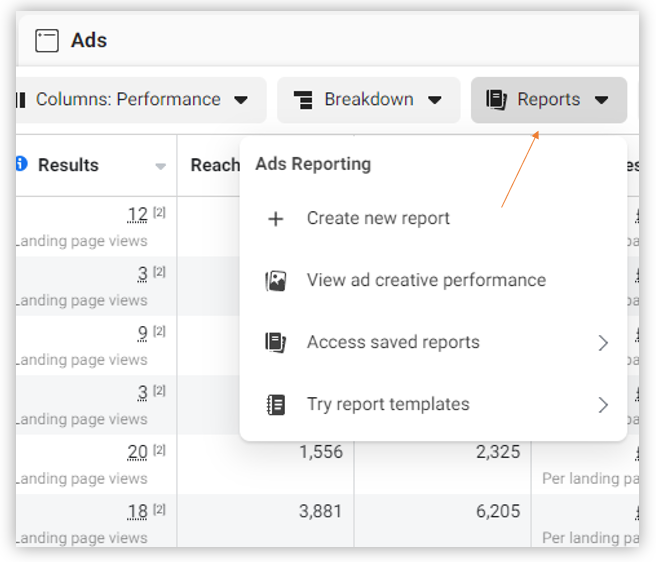
Benefits and implications for advertisers
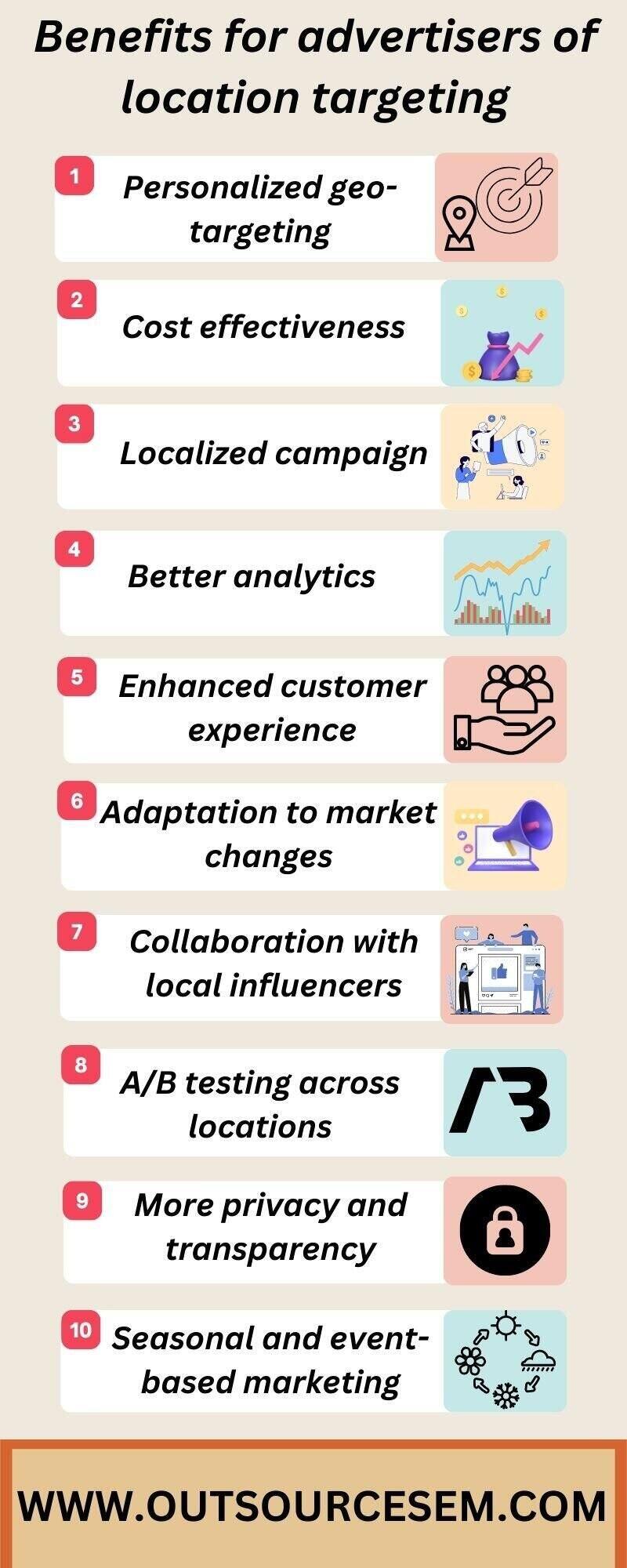
1. Higher relevance
For marketers, the addition of highly personalized geographical targeting as part of the meta ads upgrade is an important step. Businesses now have the option to zoom in on very precise places, such as city blocks, neighborhoods, or even landmarks. With such accuracy, companies can make sure that their advertising is seen by people who are both inside the specified target region and extremely likely to be truly interested in what they have to offer.
This increased relevance addresses a key problem in advertising, getting the correct audience to pay attention. Engagement rates naturally increase when advertisers connect with consumers who are not just nearby physically but also may have a prior interest for the products or services that are being promoted. Furthermore, the possibility of interactions like clicks, shares, and conversions significantly rises when content is tailored to users’ individual requirements and preferences.
2. Cost effectiveness
The effective use of resources, especially budget, is the top priority for advertising. The update’s capability to target audiences based on specific regions has a huge promise for cost-effectiveness. Advertisers may now strategically direct their advertising budgets by concentrating on regions with high concentrations of their target market.
This strategic allocation avoids wasting resources on people who might not convert because of geographical mismatches. The ultimate goal is to maximize the return on investment (ROI) for marketing initiatives. Advertisers may make the most of their budgets by directing resources in the direction of target markets that are more likely to produce positive results. This excellent resource use increases campaigns’ overall efficiency and makes sure that every dollar invested creates worthwhile outcomes.
3. Localized campaign
Businesses looking to establish genuine relationships with local audiences now have a potent tool at their fingertips because of the feature that allows the development of dynamic, location-based content. Advertisers may carefully customize their pitch to the quirks of particular places. Users may view information that is immediately relevant to their current surroundings thanks to this level of personalisation, which goes beyond generic material.
The result of this localization is that users are more likely to feel a feeling of belonging and community. People feel more understood and catered to when they see ads for events, special offers, or services that are pertinent to their community. For instance, a chain of stores might market items that are popular in a particular location, or a gym can advertise activities that are offered at times that are convenient for the community.
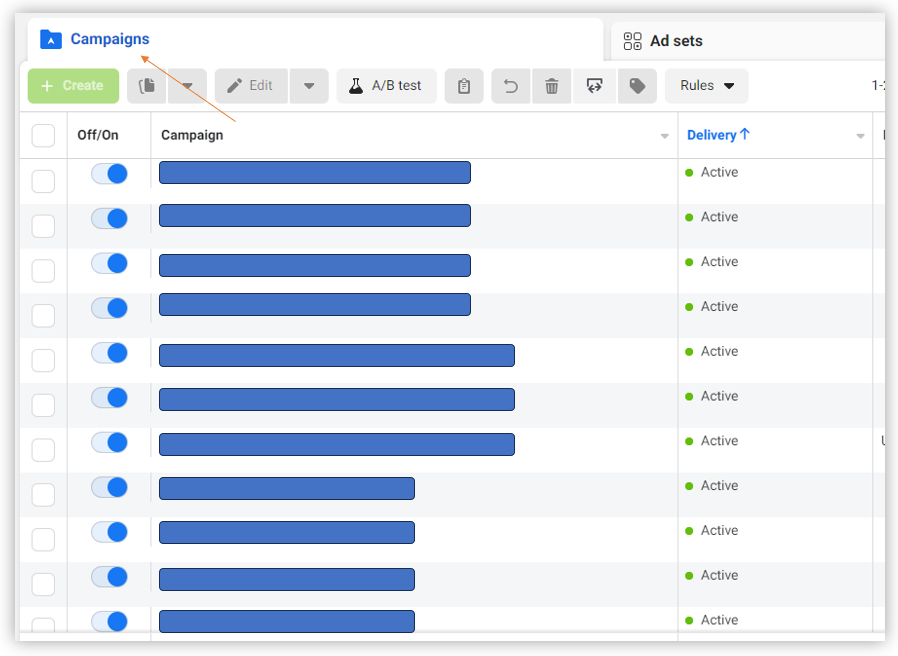
4. Better analytics
The updated Meta Ads reporting and location analytics provide marketers with a variety of useful information. This information inquired into how various geographical places reacted to their advertisements and went beyond simple measures like clicks and impressions. This data is essential for optimizing next campaigns and improving advertising strategies. For instance, advertisers might focus more resources there to increase the effect of their advertising if certain communities or locations show better engagement or conversion rates.
Metrics that connect online advertising efforts to offline behaviors, such as foot traffic attribution and in-store visits, advance the insights. Understanding how their digital efforts affect customers’ actual behavior is crucial for brick and mortar businesses. By giving marketers a comprehensive picture of the campaign’s success, this data enables them to precisely assess the contribution that their online marketing makes to bringing customers into their physical stores. It’s essentially connecting the dots between the digital touchpoints and the concrete actions taken by potential customers.
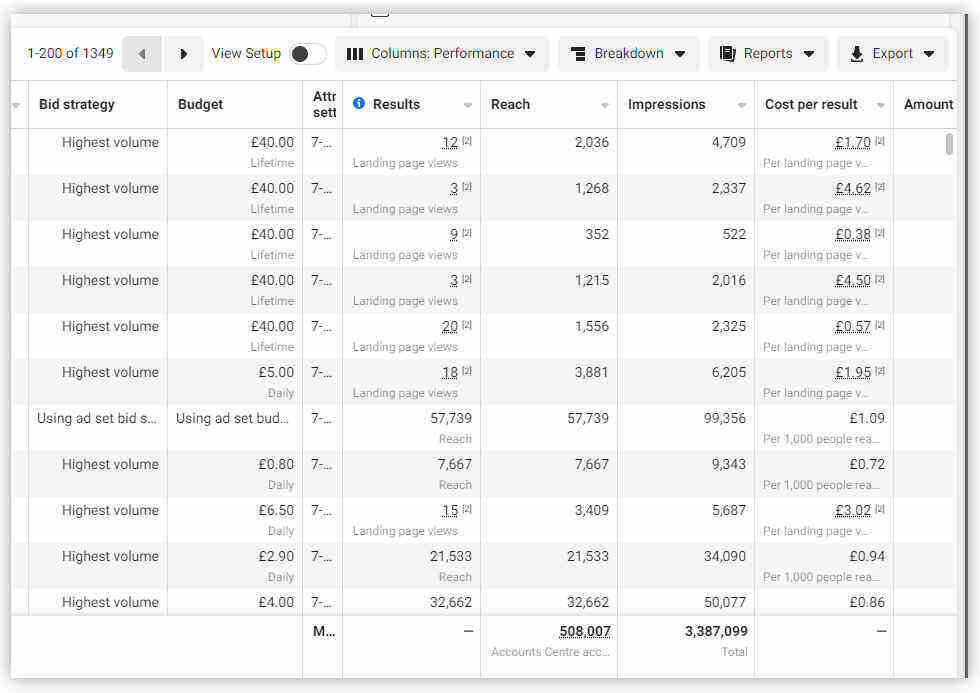
5. Enhanced customer experience
Personalization is a key component of successful marketing, and advertisers may greatly improve the consumer experience by delivering personalized, location-specific information. Users have an immediate feeling of relevance and utility when they see advertisements that offer information that is especially relevant to their present location. For instance, a user is more likely to interact with an advertisement highlighting a discount taking place at a nearby business or an event in their city than they would with a more general one. It is easier to move from initial curiosity to taking action when internet advertising and the user’s real environment are seamlessly integrated. A good brand perception and a higher possibility of conversions are created when users feel heard and cared to. This level of precision strengthens the connection between the brand and the consumer, fostering brand recognition over time.
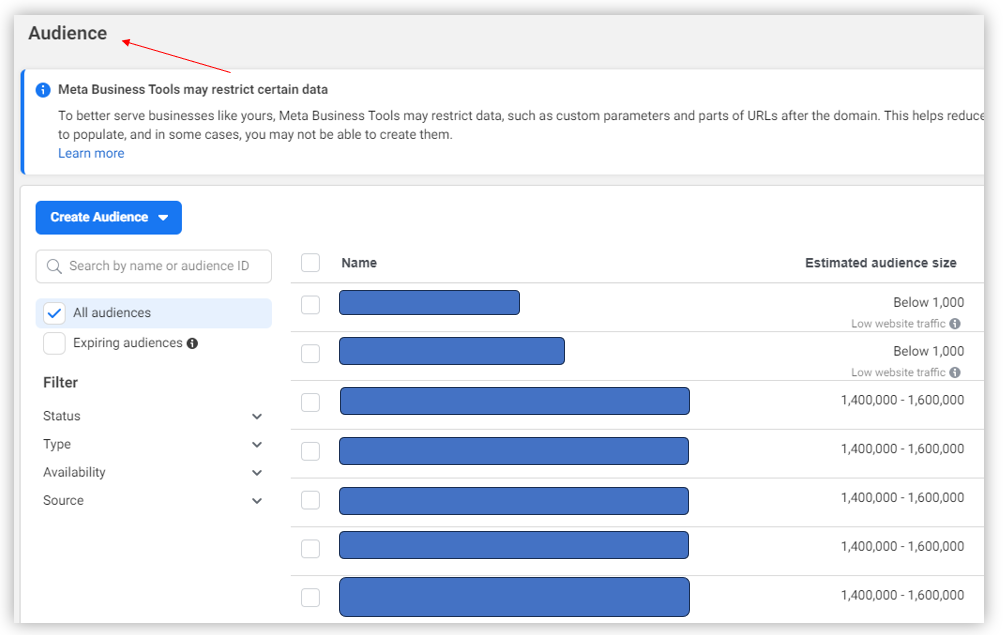
6. Adaptation to market changes
Being able to quickly adjust to shifting market conditions is crucial for remaining ahead of the competition in the rapidly changing field of advertising. Advertisers can see the performance of their campaigns across all locations because of the update’s improved reporting and analytics. Businesses may use this data to provide themselves with the knowledge they need to respond intelligently to changes in customer behavior, market trends, or even unanticipated occurrences.
For instance, advertisers may quickly modify their strategy to take advantage of opportunities if demand for specific places suddenly increases as a result of a regional event or trend. Similarly, if a certain area is not reacting as anticipated, they might change their strategy or direct their resources to other, more promising places. A firm may maintain a competitive edge and increase its advertising ROI by ensuring that campaigns are flexible and relevant in changing market circumstances.
7. Collaboration with local influencers
Your localized marketing might have a substantially greater impact if you collaborate with local influencers. These influencers have established themselves as reliable sources within particular groups, and their support may give your brand credibility. You may benefit from their in-depth knowledge of regional tastes and culture by working with local influencers who have a significant following in particular regions.
You can use these influencers’ authority to build campaigns that connect well with their following by including them into your dynamic content, such as video reviews or location-specific postings. Your v gets associational credibility through influencer collaboration. The relatability and local expertise of the influencer may close the gap between your brand and the local audience, resulting in higher engagement and conversion rates. When local influencers open up about their real interactions with your products or services, it builds a compelling and relevant story that motivates their followers to act.
8. A/b testing across locations
A/b testing may make use of the location insights and improved reporting capabilities provided by the meta ads upgrade. Multiple copies of an advertisement can be made by advertisers, each with different messaging, images, or offers. Advertisers can evaluate each variation’s efficiency based on user responses by carefully distributing these variants across various areas. An e-commerce retailer may, for instance, A/B test two different discount offers in several cities to see which appeals to the target audience more. Your campaigns will develop and get better over time with this data-driven marketing, no doubt. You can improve your content, hone your language, and fine-tune your strategy to maximize engagement and conversions in each area by discovering which aspects of your advertising work better in particular places.
9. Consideration for privacy and transparency
Despite the exciting possibilities offered by the new location targeting tools, it’s critical to address any possible worries over user privacy and data consumption. Make sure that user privacy is prioritized and that your advertising practices are completely transparent when you apply location-based targeting. Explain how user information is gathered, kept, and put to use particularly to increase ad relevance and improve user experience. Emphasize your dedication to abiding by pertinent privacy laws, such as the CCPA or GDPR, and reassure users that their data is handled sensibly. Building trust with your audience may be facilitated by putting strong data security procedures into place and providing transparent opt-out choices. A more favorable impression of your company results from transparency regarding your data practices, which not only shows ethical behavior but also matches with users’ expectations.
10. Seasonal and event-based marketing
The capability to create dynamic, location-based content unlocks a wealth of opportunities for advertisers seeking to capitalize on seasonal or event-based marketing. You may specifically target regions where particular events or holidays are observed, then modify your messaging to fit the circumstances of those times. You might display goods or services that are appropriate for the celebrations, for instance, during regional festivals or holidays.
This strategy takes advantage of the increased engagement and interest that surrounds these occasions since people are actively looking for news and deals about them. Your campaigns will be more relevant and interesting to your audience if you produce content that addresses these particular occasions. Due to this relevance and importance of time-sensitive events, there are frequently more interactions, conversions, and brand awareness at these times.
Conclusion
The updated location targeting feature of Facebook Ads brings in a new era of precision and customization for marketers. With the help of highly customized geotargeting, dynamic content, and improved reporting, companies can now develop campaigns that strongly connect with local audiences and increase conversion rates. The power of the interaction between location and advertising has never been greater, and Meta Ads upgrade lays the path for future campaigns that are more efficient, pertinent, and powerful.
When willing to use social media platforms to generate leads, increase brand awareness, increase sales, etc. then Facebook Ads is the first to be worked upon. Facebook Ads are a type of PPC ad and you have to work on bid optimization to take the maximum advantage of Facebook advertising cost. With various benefits of Facebook Ads discussed above, the crucial steps to focus on are content marketing, email marketing, etc., so that no relevant user is left behind. You can leverage Facebook Ads to the fullest only when you know how to run ad campaigns properly. If you find the process difficult, you can get in touch with a digital marketing company that has the expertise to work on Facebook Ads, video ads, display ads, mobile ads, etc. and increases your business ROI. While meta ads can be beneficial for PPC(Pay-per-click) advertising methods, which can bring more traffic than what you are getting. Outsourcing this work to an agency like ours can be a great opportunity for you to grow your business online where we provide exceptional PPC services such as electrician PPC, roofing PPC, flooring PPC, lawyer PPC, and small business PPC.
References:
• New update to Meta Ads location targeting
• 5 Ridiculously Powerful Facebook Ad Targeting Strategies
